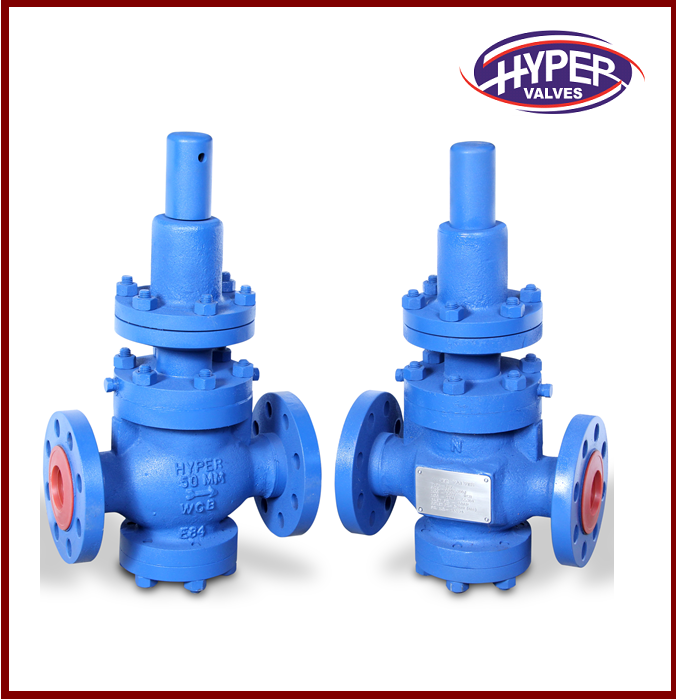For atmospheric tanks and containers that fill and draw solvents at a high flow rate, the breather valve, also known as a pressure and vacuum relief valve, is a critical component. It is used in tanks, vessels, and process equipment in-and-out breathing lines to hold toxic vapours and avoid atmospheric pollution, balancing unexpected swings in pressure and vacuum, and offering greater fire protection and safety.
What is the function of the breathing valve?
It’s worth noting that the in- and out-breathing valves can be positioned side by side or overlapped in the breathing valve’s interior construction. As soon as the pressure in the tank is equal to air pressure, a “adsorption” effect occurs, which seals the seat tightly without allowing any escape. Due to the “adsorption” effect on the seat side, when the pressure or vacuum is increased, the disc opens and maintains a good seal.
Upon reaching the maximum permitted tank pressure, the pressure valve is opened and the gas is vented to atmosphere via tank’s vent valve’s side (namely the pressure valve). As a result of the positive tank pressure, the vacuum valve has been shut. At rising atmospheric temperatures, the liquid evaporation opens the vacuum valve, which allows the external gas to enter the tank via the suction valve (particularly the vacuum valve), closing the pressure switch. When the tank is completely full, the vacuum switch shuts. In contrast, the out-breathing process occurs when the tank is loaded. Pressure and vacuum cannot be opened simultaneously at the same time.

What is the function of the breather?
Only if the following occurs will the breathing valve be sealed when used in typical circumstances:
1. The breathing valve inhales air or nitrogen into the tank while the tank is bleeding.
2. breathing valve starts releasing exhaled gas as soon as tank is filled.
3. The liquid in the tank evaporates rapidly when exposed to hot breathed gas in an emergency. The respiration valve opens to allow the liquid to escape before it is damaged by overpressure.
What is the procedure for installing the breather valve?
1. The breathing valve must be mounted at the tank’s highest point, towards the top. Although this isn’t always practical, the pressure reducing valve should be placed as high as possible to allow the most direct and easy access to it when it comes to lowering evaporation losses.
2. Tanks with a big volume can have two breathing valves installed to prevent failure of a single breath valve due to overpressure or negative pressure. Two breathing valves operating at the same time increases the possibility of failure, hence most systems use a gradient-type design with one running regularly and one as a backup.
3. There should be two or more valves if one does not match the criteria due to a high breathing volume.
4. If the breathing valve has an arrestor, the effect of the arrestor’s pressure decrease on the breathing valve’s discharge pressure must be taken into account to prevent the tank from going over pressure.
5. The breather valve in tanks with mean temperature less than or equal to zero must have anti-freezing measures installed to prevent the tank from refrigerating or blocking the nozzle disc as a result of inadequate exhaust or an inadequate air supply, actually results in an overpressure percussion tank or a pressure losses deflated tank.
